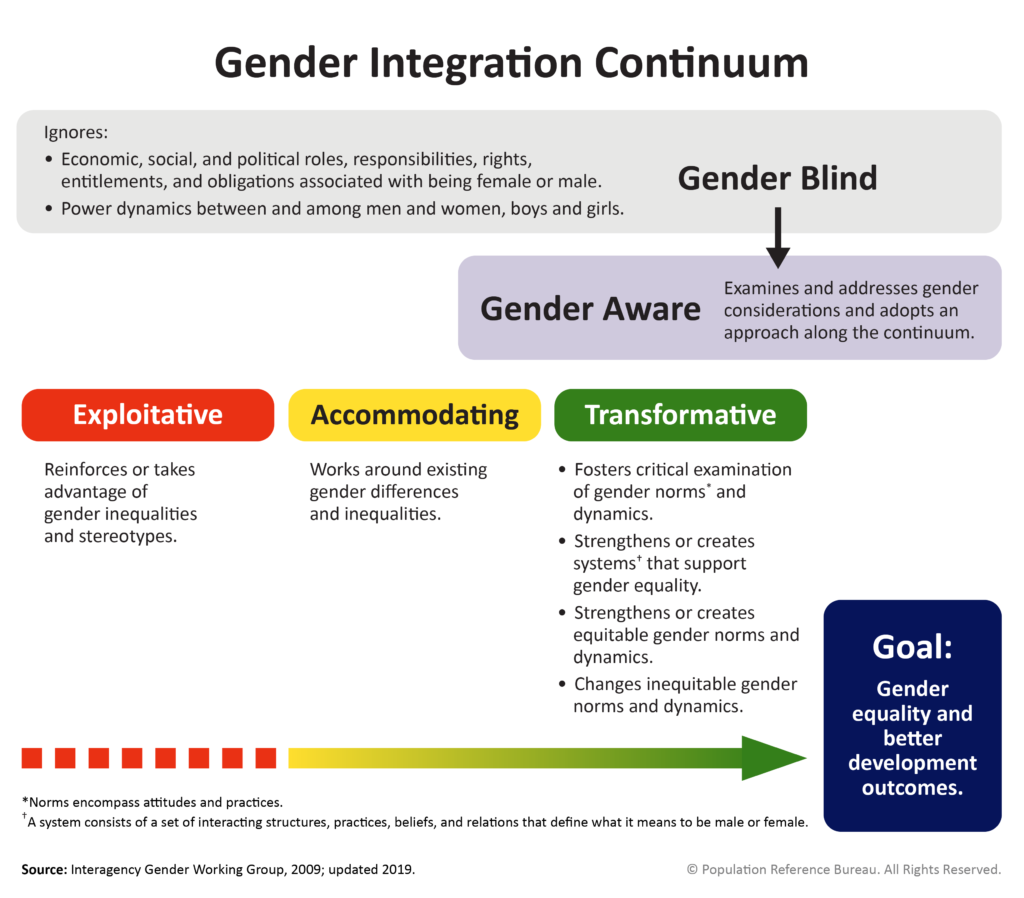Myanmar—Humanitarian Needs and Response Plan
In Myanmar, a surge in conflict, growing internal displacement, and the impacts of Cyclone Mocha have placed people, particularly women, in dangerous environments. The rise in gender disparities in employment due to the ongoing conflict has only heightened the vulnerability of women to trafficking and gender-based violence. In addition, the decline of the health system has left many women without access to vital health services. This report highlights the devastating situation in Myanmar and underscores the pressing need for assistance in bolstering the country’s economic and health systems.


